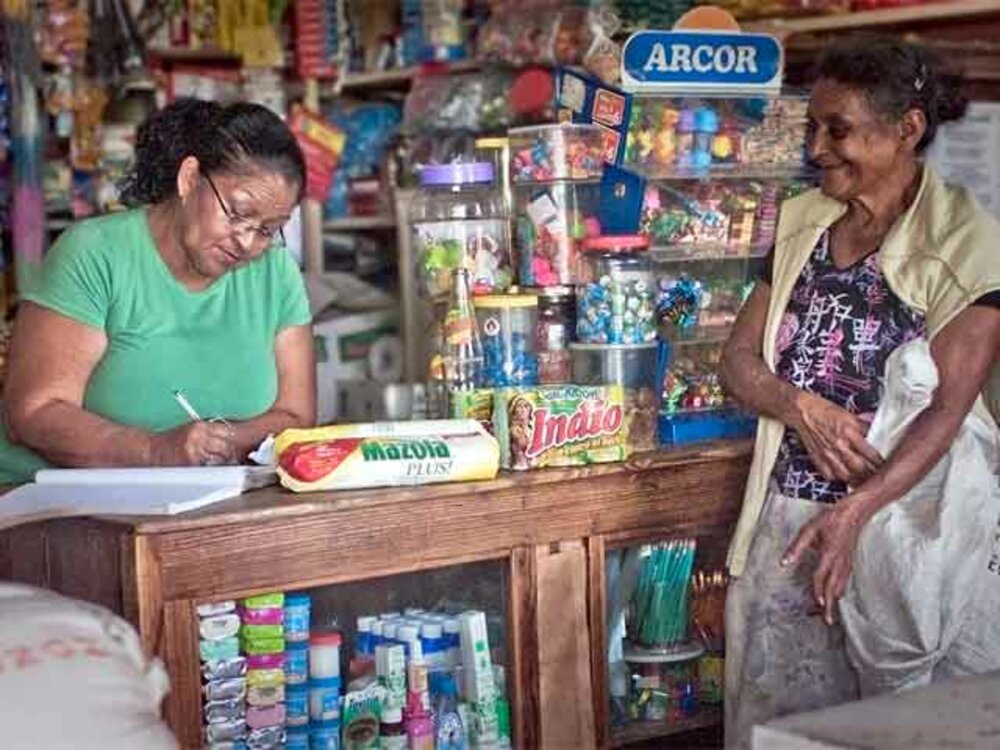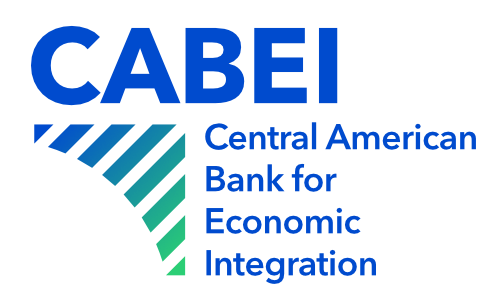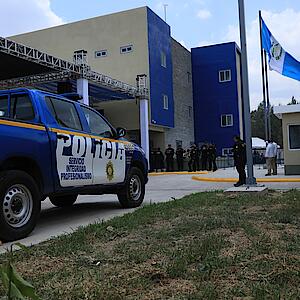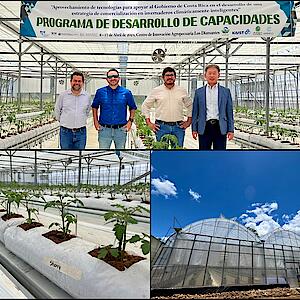CABEI celebrates 56th anniversary of promoting the region’s development

After more than five decades of providing financial solutions to the region, CABEI consolidates its position as a leader in channeling resources by strengthening its equity.
Tegucigalpa, December 13, 2016. - Today, the Central American Bank for Economic Integration (CABEI) celebrated its 56th anniversary. As the region’s strategic ally, it closes fiscal year 2016 with excellent financial results and faces 2017 with great expectations and new projects.
On December 13, 1960, CABEI was founded as a multilateral financial institution to promote the economic integration and balanced economic and social development of its member countries.
From an integral perspective, the Institution’s strategy focuses its efforts on the promotion of sustainable competitiveness, focusing its contributions towards the strategic axes of social development, competitiveness and regional integration. Currently, CABEI has concluded two years of successful execution of its 2015-2019 Institutional Strategy "Integrating Sustainable Development and Competitiveness," through the implementation of a business model that seeks to continue maintaining its financial soundness.
During the period, CABEI financing benefitted 8.3 million people in the road infrastructure sector; 6.4 million people with improved competitiveness; 538,120 people with water and sanitation projects; 2.0 million subscribers of energy services; more than 350,000 higher education students; and 52,000 hospital patients. In addition, the financing is expected to generate 132,740 jobs.
"Our Institutional Strategy is clearly linked to the region’s development; currently the Institution faces the challenge of addressing the innovation process in its business plans," stated CABEI Executive President Dr. Nick Rischbieth.
Significant events in 2016
Accumulated through November, 26 interventions were approved on the order of US$2.08 billion and US$1.48 billion were disbursed to the public and private sectors. These resources were allocated to initiatives that prioritize impact on development and contribute to environmental conservation in the Bank’s member countries. The channeling of resources to the region allowed CABEI to reach a loan portfolio of US$6.49 billion.
The most significant actions executed by the Bank in 2016 include increases in the Bank’s share capital for Panama and the Dominican Republic and the transformation of Belize's special contributions into B series shares. These actions reinforce CABEI’s business profile by strengthening its relationship with all its members and by diversifying its share capital structure.
New intermediated credit projects were also established in 2016, including the Regional Financing Program for Women Entrepreneurs (FEM Regional Program), which aims to promote the empowerment and economic autonomy of women and the DINAMICA initiative, which seeks to strengthen the business ecosystem for Micro, Small and Medium Enterprises (MSMEs).
Risk Ratings Agencies S&P and Fitch Ratings moved CABEI’s rating outlook from stable to positive, as a result of amendments made to the Constitutive Agreement and their intended effect on diversifying the Bank’s loan portfolio, strengthening its equity and reinforcing relationships with its member countries.
At the events conclusion, Dr. Rischbieth stated that, "CABEI will continue to strive to keep pace with the constant growth of economic integration and social development in the region, focusing on initiatives that involve environmentally sustainability, poverty reduction and increased foreign trade. The Bank's commitment to the region is long-term and has been demonstrated throughout these 56 years, in which, together with the member countries, we have grown to achieve a position of leadership in Central America.







